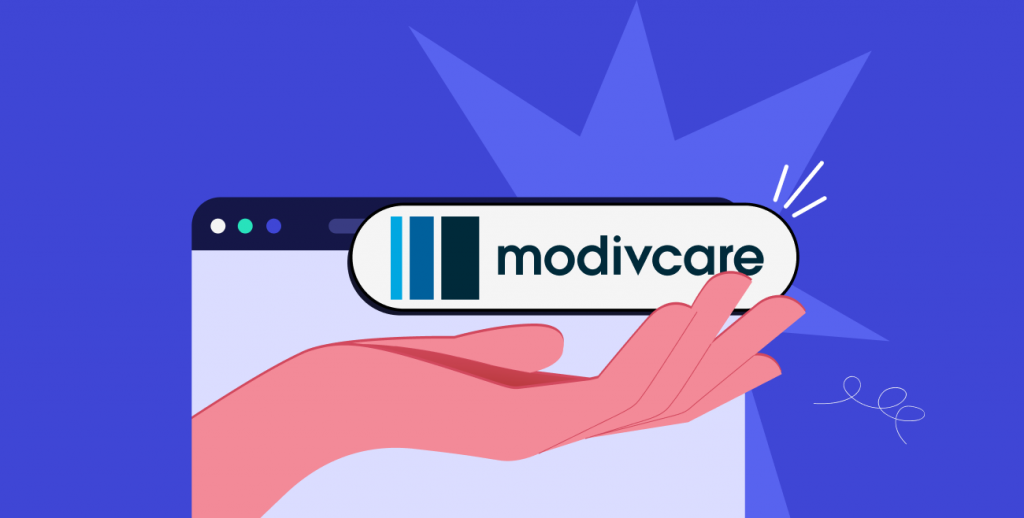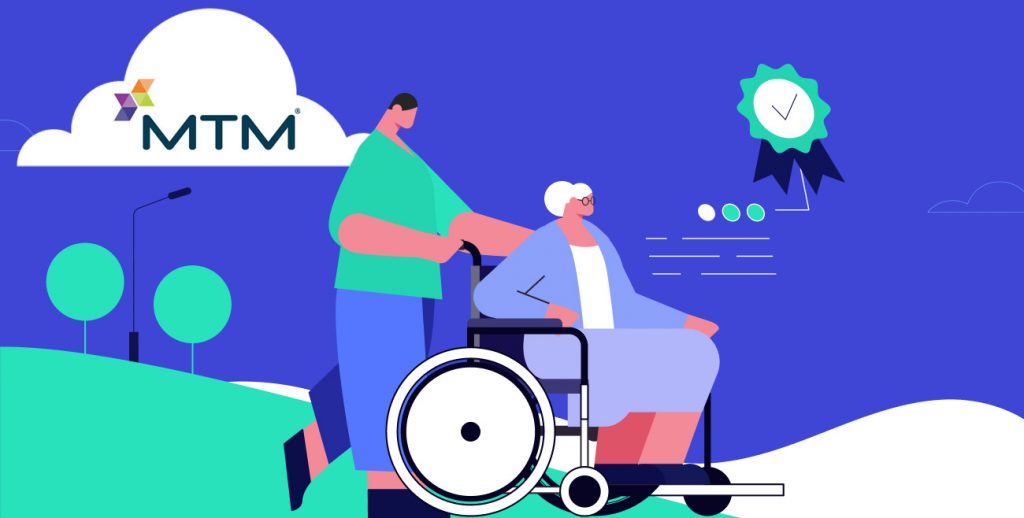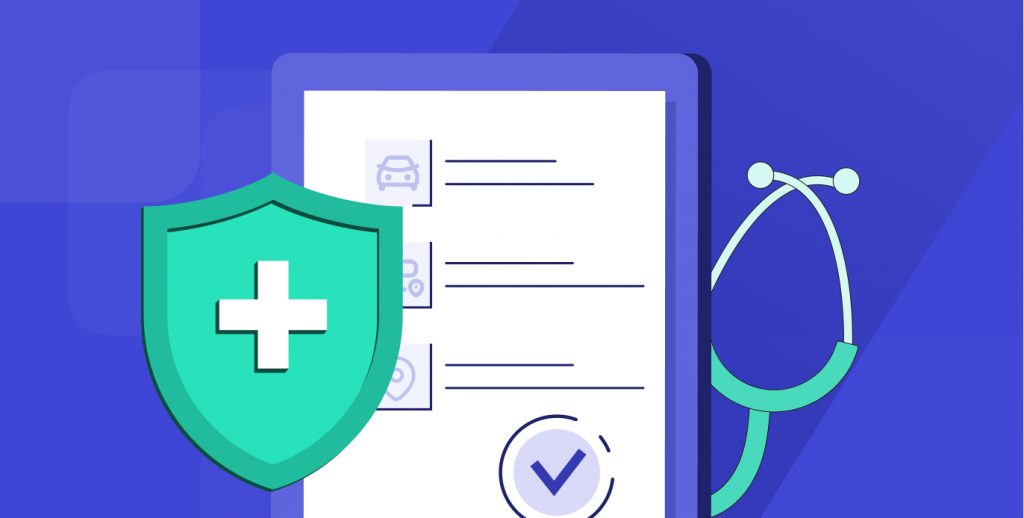How Modivcare is Shaping the Future of NEMT Services

In healthcare, access to transportation plays a vital role in ensuring patients receive the care they need. One of the most extensive non-emergency medical transportation (NEMT) brokers in the U.S., Modivcare, has spent more than 35 years helping patients access reliable transportation to their medical appointments. In this article, we explore how Modivcare stands out […]
How MTM Helped Streamline NEMT Services

In healthcare, access to transportation can make all the difference. One of the country’s most extensive non-emergency medical transportation (NEMT) brokers, MTM has spent nearly 30 years helping to ensure patients get where they need to be on time. In this article, we help you get to know MTM and learn more about how their […]
Why Attending NEMT Conferences Is Essential for Industry Success

The non-emergency medical transportation (NEMT) industry is projected to grow at a compound annual growth rate (CAGR) of 5.8% from 2021 to 2028, reflecting its increasing importance in healthcare accessibility. As the demand for NEMT services continues to rise, providers must stay ahead of industry trends and innovations. Attending NEMT conferences offers invaluable opportunities for […]
Want to Improve NEMT Operations? Start with Your Medical Equipment Suppliers!

When was the last time you thought about your medical equipment suppliers? You probably don’t consider them too often, but your suppliers are the hidden engines behind your NEMT growth. Their reliability, quality, and innovation directly affect how efficiently you serve your clients. How are these suppliers powering your growth, exactly? We examine their role […]
How do you successfully become a Medicare-approved NEMT provider?

Becoming a Medicare-approved non-emergency medical transportation (NEMT) provider is a significant milestone. This approval enhances your credibility and offers various opportunities to serve a broader patient base. By aligning with Medicare, you can ensure a steady stream of clients who rely on your services for their medical transportation needs. But how do you do it? […]
How does Tobi make your NEMT service better at every turn?

Running a successful non-emergency transportation management (NEMT) company is no small feat. Meeting the diverse needs of passengers, managing an entire fleet of vehicles, and ensuring timely service can be challenging. Sure, many programs out there claim to make running your business more manageable, but they don’t have the features you need or provide the […]
How NEMT Providers Can Cultivate Strong Relationships with Medicaid Brokers

While non-emergency medical transportation (NEMT) providers encounter numerous obstacles, establishing and upholding trust with Medicaid brokers is a primary concern. These brokers are crucial in the NEMT network as intermediaries who link providers with Medicaid beneficiaries. If NEMT providers don’t earn brokers’ trust, they could miss out on contracts and expansion opportunities. In this article, […]
Should NEMT operators fear the rise of Uber and Lyft?

Since 2009, ridesharing services like Uber and Lyft have transformed how many people think about transportation, providing convenience and affordability. These tech giants have quickly become household names, providing millions of rides daily and disrupting traditional transportation models—including non-emergency medical transportation (NEMT). For decades, NEMT services have played a critical role in the healthcare system, […]
What is Medicaid’s NEMT Air Coverage?

One lesser-known aspect of non-emergency medical transportation (NEMT) services is air coverage. As you might imagine, it involves using air transportation to take patients to medical facilities. While traditional vehicles are often sufficient for most patients, there are cases where air transportation is necessary due to the patient’s condition, the distance to the medical facility, […]
How can logistics providers adapt their operations for NEMT services?

Do you own a logistics business and want to explore new opportunities that draw on your years of expertise? As the non-emergency medical transportation (NEMT) sector is forecasted to grow to over $13 billion by 2028, with a Continued Annual Growth Rate (CAGR) of 8%, this market provides a lucrative chance that fits well with […]